- News
- Reviews
- Bikes
- Components
- Bar tape & grips
- Bottom brackets
- Brake & gear cables
- Brake & STI levers
- Brake pads & spares
- Brakes
- Cassettes & freewheels
- Chains
- Chainsets & chainrings
- Derailleurs - front
- Derailleurs - rear
- Forks
- Gear levers & shifters
- Groupsets
- Handlebars & extensions
- Headsets
- Hubs
- Inner tubes
- Pedals
- Quick releases & skewers
- Saddles
- Seatposts
- Stems
- Wheels
- Tyres
- Tubeless valves
- Accessories
- Accessories - misc
- Computer mounts
- Bags
- Bar ends
- Bike bags & cases
- Bottle cages
- Bottles
- Cameras
- Car racks
- Child seats
- Computers
- Glasses
- GPS units
- Helmets
- Lights - front
- Lights - rear
- Lights - sets
- Locks
- Mirrors
- Mudguards
- Racks
- Pumps & CO2 inflators
- Puncture kits
- Reflectives
- Smart watches
- Stands and racks
- Trailers
- Clothing
- Health, fitness and nutrition
- Tools and workshop
- Miscellaneous
- Buyers Guides
- Features
- Forum
- Recommends
- Podcast
feature
6 of the best value bike upgrades — here's what we’d spend our money on to get the best bike bang for our buck
Many of us look for ways to upgrade our bikes - whether that's to improve weight, speed or comfort - and despite the rising cost of cycling, there are still affordable options out there. In this article, we'll go over some of the best value upgrades you can make to your bike, that we'd spend money on ourselves when upgrading our own bikes.
Unless you go for a top-of-the-range model, stock components are often included on off-the-shelf bikes to provide something functional that hits a price point. This can result in compromises in terms of quality, performance or durability.
Thankfully, some of the best bike upgrades don't need to cost a fortune. Even some of the best road bike upgrades under £50 can make a noticeable difference to your performance, allowing you to ride faster, further and in greater comfort.
It's not all about performance either. Even if you're 'just' a commuter who cycles to work, a more robust wheelset, wider tyres or plusher bar tape can make your journey faster, smoother and more comfortable.
Without further ado, here are the six most cost-effective changes you can make to your bike according to the road.cc tech team...
1. Wheelset
To enhance your bike's performance, upgrading the wheelset is a great starting point. Factory-fitted bike wheels don't always prioritise optimal performance, which becomes more apparent as you descend through the price tiers.
You will notice big improvements in ride quality, comfort and speed by upgrading to a better quality set of wheels, and this doesn't have to break the bank.
> Are expensive carbon wheels worth it?
If you're after a more suitable wheelset for year-round riding or fast commuting, Hunt's 4 Season Disc Wheelset and Scribe's Race-D Wide+ wheelset are great examples, priced at £449 and £370 respectively, proving that aluminium wheels can be more than just training wheels.
The Race-D Wide+ wheels feature a 27mm-deep aluminium rim and tubeless-ready design, weighing in at 1,448g. Not only are these wheels lightweight, but they also offer durability and stiffness. With 21mm internal rims, they provide a comfortable ride when paired with wider tyres, making them an ideal choice for winter riding.
Similarly, the 4 Season Disc wheels are 26mm deep and tubeless-ready, with a claimed weight of 1,588g. They have a 19mm internal rim profile which is designed for 25-30mm tyres.
If you're looking to spend a little bit more, you can improve your aerodynamics with some deep-section carbon wheels. An affordable carbon offering that's worth spending your money on would be something like Prime's Doyenne 56 Carbon Disc Wheelset.
They retail at £599.99 and in spite of their very appealing price, the Doyennes do not feel like cheap wheels when you're riding them. The carbon fibre rim is stiff – as is the rest of the build – and the ratchet-style freehub gives instantaneous engagement for hard and rapid acceleration.
2. Tyres
Changing your tyres is one of the most cost-effective upgrades you can make to a bike, and when paired with a wheel upgrade, this combination can significantly improve your overall riding experience by decreasing your rolling resistance and improving your handling.
The Hutchinson Challenger tyre is one of the best value tyre upgrades you can make, costing £31.99 at the time of writing. It's an endurance tyre built to handle substantial mileage, and Hutchinson says has lasted 5,000 miles (8,000km) in testing.
Many brands opt for hard rubber compounds to increase tyre longevity at the expense of grip and ride quality, but the Challenger uses a bi-compound rubber delivering a balance between durability and performance.
The Challengers are standard clinchers available in 25mm, 28mm and 30mm widths and overall, we don't think you can beat them for the price.
One of the best road bike tyres is the Continental Grand Prix 5000 Clincher which has an RRP of £69.95. While it's more than double the cost of the Challenger tyre, they are still a more cost-effective improvement than changing your frame or wheels, as they can significantly enhance your ride feel compared to a cheaper tyre.
3. Inner tubes
> Butyl v latex v TPU inner tubes: which should you choose?
When pursuing speed and weight reductions, don't overlook the importance of upgrading your inner tubes as well as your wheels and tyres.
Upgrading to TPU tubes (short for Thermoplastic Polyurethane) offers excellent value in terms of increased performance, and the cost-per-watt saved in rolling resistance is nearly unbeatable, especially when compared to butyl alternatives.
Something like the Tubo Road tubes from Tubolito are an easy way of shedding some weight from your bike. Priced at £28 each, you might be wondering what we've been smoking... but compared to a new wheelset, they really are a cost-effective way of dropping your bike's weight. In fact, when compared to a standard butyl 700C tube from the garage, Tubo Road tubes provide a 70g weight saving per tube.
A good alternative is the Pirelli P Zero SmarTube. Priced similarly to Tubo Road tubes at £29.99, they weigh just 1g more at 39g, offering a competitive option in terms of both cost and weight.
TPU tubes won't be for everyone, so latex inner tubes are a viable alternative, offering an affordable upgrade for performance-minded riders.
Latex offers distinct advantages as a material for inner tubes when compared to butyl. The highly elastic nature of latex not only decreases rolling resistance but also minimises the risk of punctures. Fortunately, these benefits don't compromise weight, with latex tubes typically weighing on par with, if not lighter than, the lightest butyl inner tubes.
4. Handlebars
Stock handlebars often come in a standard width, but this one-size-fits-all approach may not suit the preferences or body proportions of every rider. Opting for a handlebar width that suits you is far more beneficial than prioritising the most aerodynamic handlebar on the market and it will significantly improve your comfort, control and overall performance on the bike.
For example, the Genetic STV Road Bar is made from 6061 series aluminium alloy and does everything a handlebar should, offering a balance of stiffness, comfort and weight, and is priced at £29.99.
It also has a compact shape that might be a bonus for less flexible riders who struggle to get down on the drops, and a slightly thinner-than-usual top section. This means you can run thicker bar tape for extra comfort without adding too much bulk.
> The things I learnt from a professional bike fit
The STV Road Bar is available in 36, 38, 40, 42, and 44cm widths, which should cater for most riders.
A more race-orientated alternative would be the Pro Vibe Aero Alloy Handlebar. Despite being more expensive than the Genetic STV Road Bar, it will save you a packet over carbon alternatives. It looks great with internal cable routing and it's comfortable to hold, whether on the tops or drops.
5. Handlebar tape
Moving on to the finishing touches, upgrading your bar tape is a small change that can make a significant difference to the way your bike feels in terms of comfort and control.
Something like Cannondale's KnurlTack bar tape gives plenty of grip whatever the weather, and stays looking like new for a long time. It's also pleasant to use thanks to its 3mm thickness and has a layer of QuellGel silicone within the tape to better absorb vibrations from the road. This design enhances comfort and helps to reduce painful or numb hands on longer rides.
Prime's Comfort bar tape is another good option costing £19.99. It's an excellent way to add a little more comfort to your road bike, while also getting a boost in grip. The tape wraps easily, is perfectly grippy in dry and wet conditions, and comes with good finishing bits. It's available in six different colours too.
6. Saddle
Our final value upgrade is a saddle because comfort is important no matter what style of riding you do. Our top tip is that the expensive saddles aren’t necessarily any comfier than the cheap ones and rather it’s all about finding a shape that works for you.
Bikes usually come with saddles that are designed to suit the maximum number of people as possible but it’s unlikely to be the perfect fit for everyone. Being more comfortable on your bike is priceless…or perhaps just around £50…
We’d recommend trying as many as possible before purchasing because once you find that one that works for you you’ll want to spend more time on the bike which after all is what it’s all about.
Which of these upgrades are your favourite? Let us know in the comments section below...
Emily is our track and road racing specialist, having represented Great Britain at the World and European Track Championships. With a National Title up her sleeve, Emily has just completed her Master’s in Sports Psychology at Loughborough University where she raced for Elite Development Team, Loughborough Lightning.
Emily is our go-to for all things training and when not riding or racing bikes, you can find her online shopping or booking flights…the rest of the office is now considering painting their nails to see if that’s the secret to going fast…
Latest Comments
- Born_peddling 4 hours 3 min ago
Muddyfox tour 100's I've wide & flat feet plus there's the optional choice of using cleats with them...
- Prosper0 3 hours 57 min ago
Just doing the Lord's work in case anyone's interested in this product. This Mucoff Pump is a £100 rebrand of an £85 Rockbros rebrand of a £60...
- mdavidford 4 hours 42 min ago
You forgot ignoring half the race to show awkward interviews with the riders' Proud Parents™ instead.
- mdavidford 4 hours 46 min ago
Obviously it means 'springing out of the bunch' on a critical sector. Or maybe it's referring to the time of year.
- David9694 5 hours 33 min ago
Car crashes through garden wall for second time in 18 months https://www.wiltshire999s.co.uk/car-crashes-garden-second-time/
- David9694 5 hours 35 min ago
Woman taken to hospital after flipping car onto roof in Trowbridge...
- A V Lowe 6 hours 17 min ago
Its blindingly obvious from the image that the DKE of the buses include the mirrors which extend to nearly reach the edge of the tarmac pavement on...
- Sredlums 6 hours 50 min ago
It's sad when being very good at your job - any job - isn't enough to earn a decent living. It shouldn't be that way....
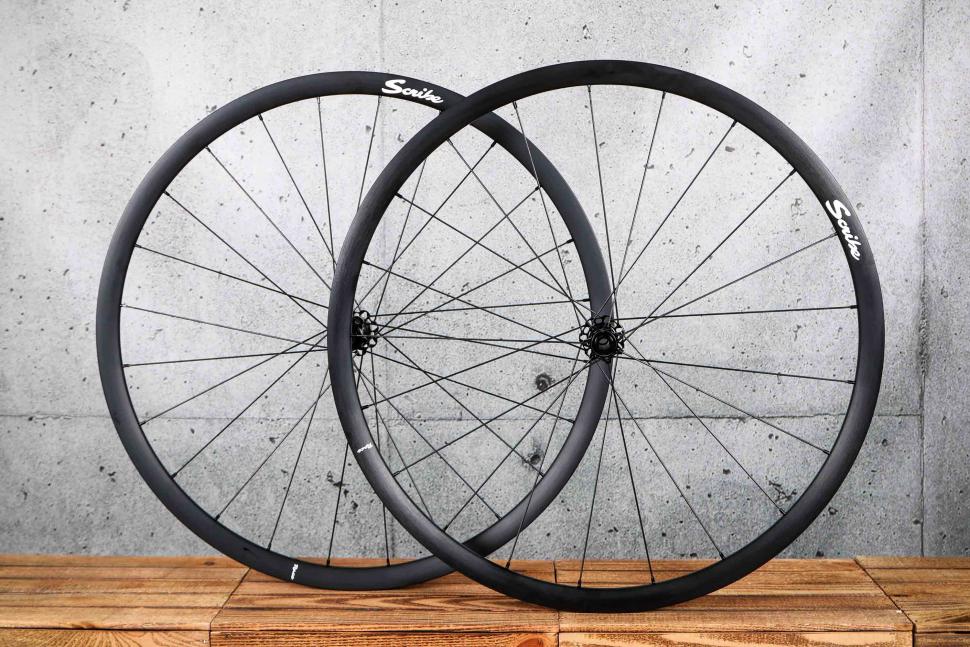

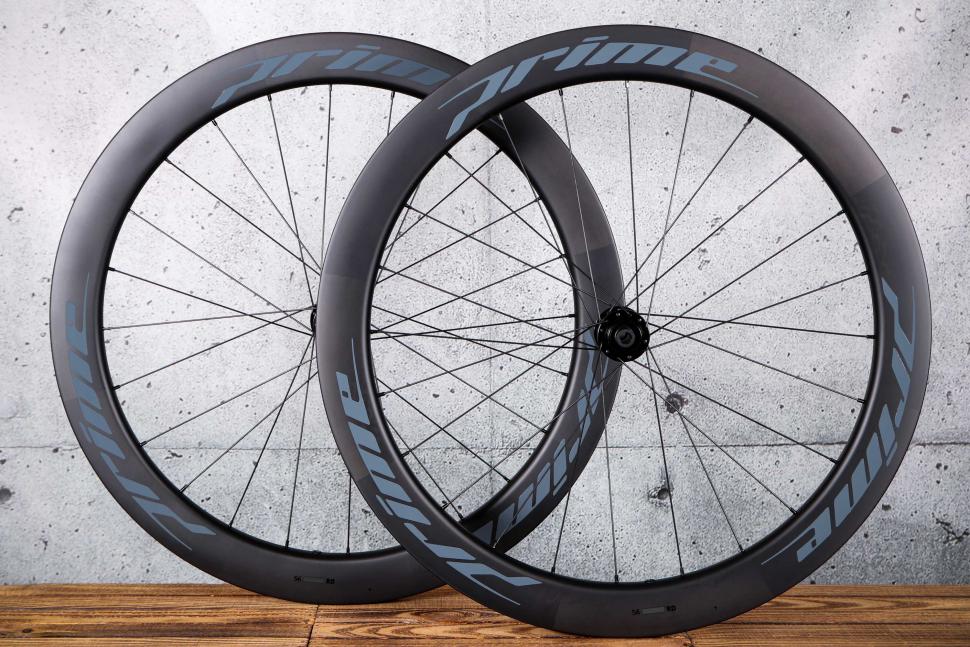
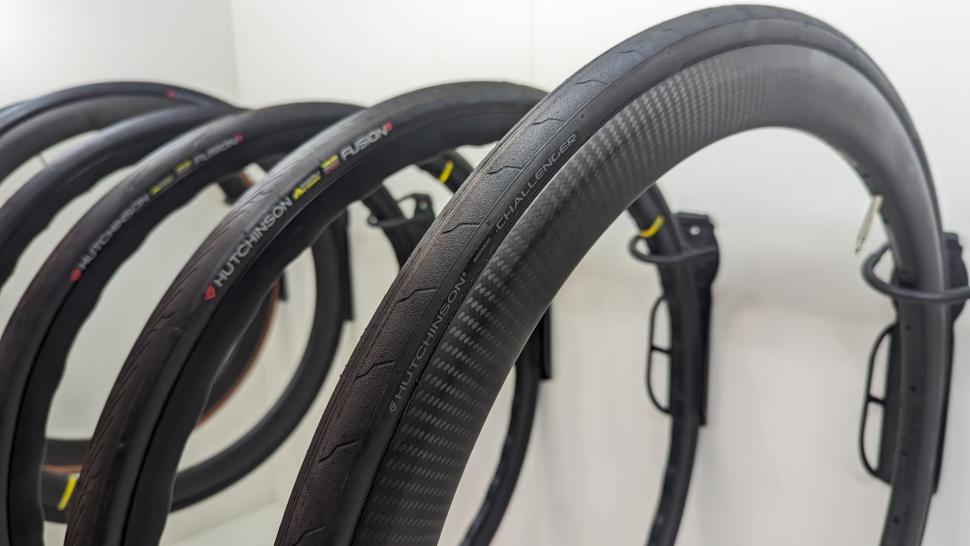
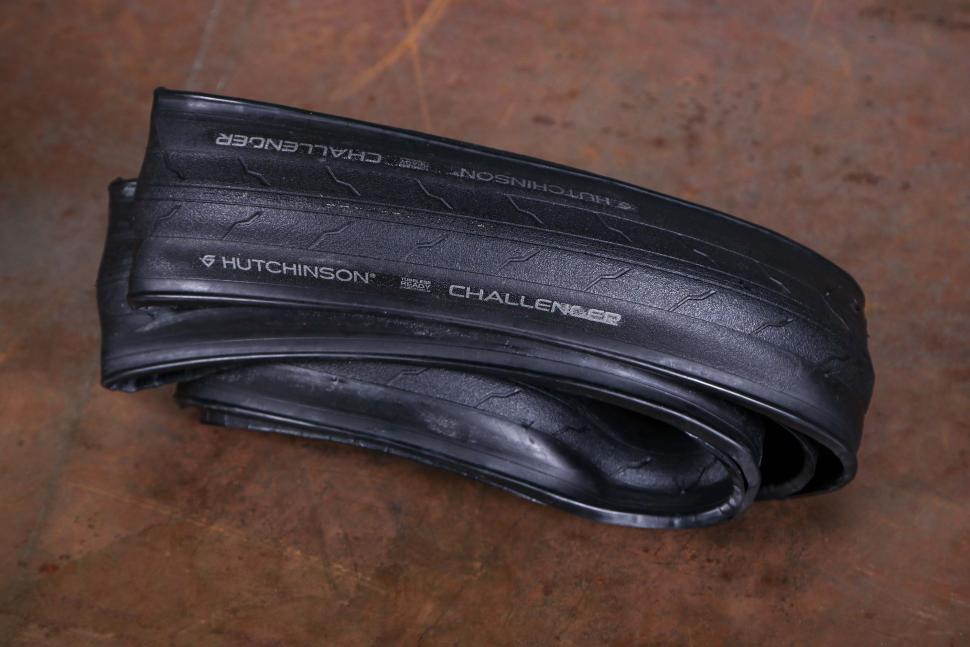
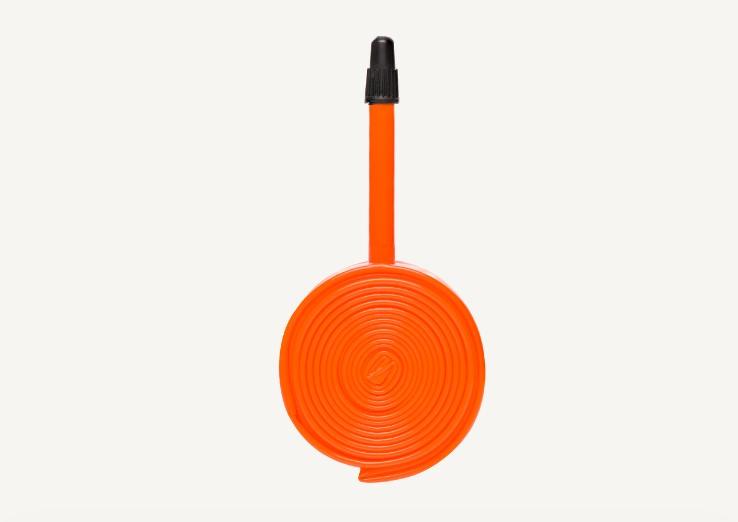
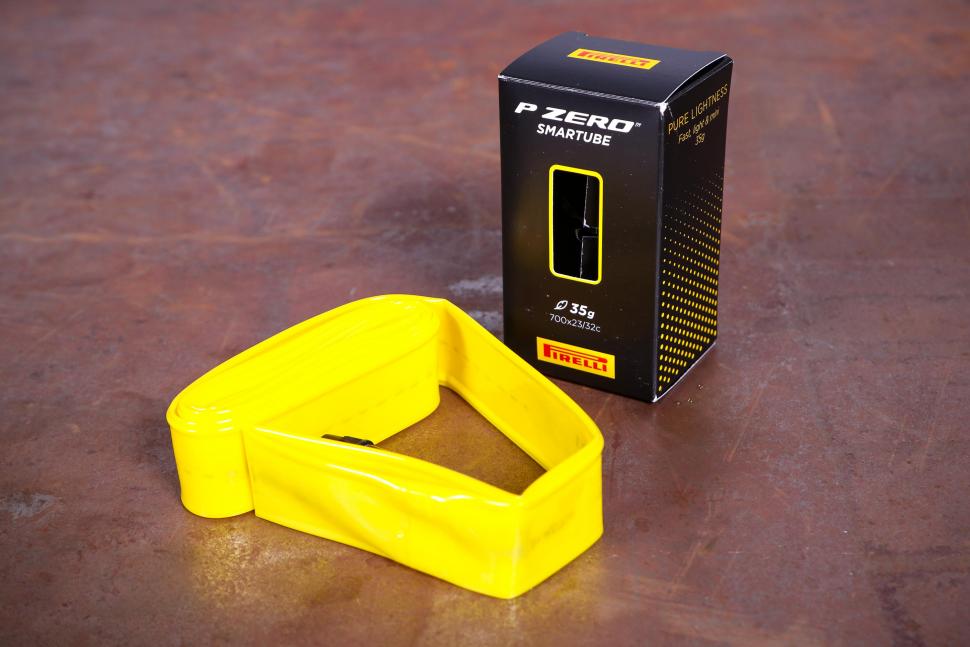
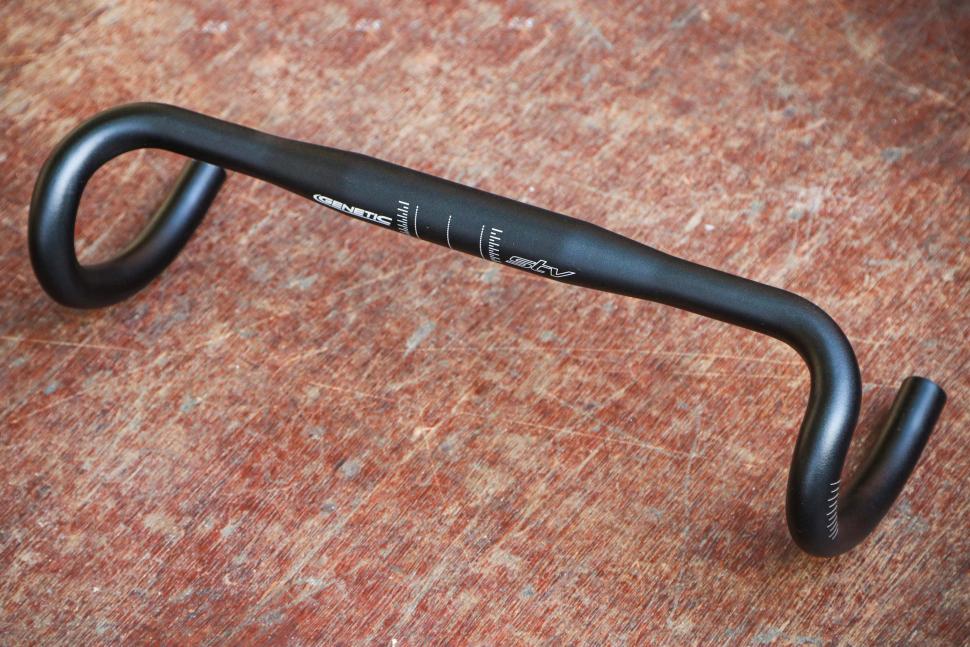


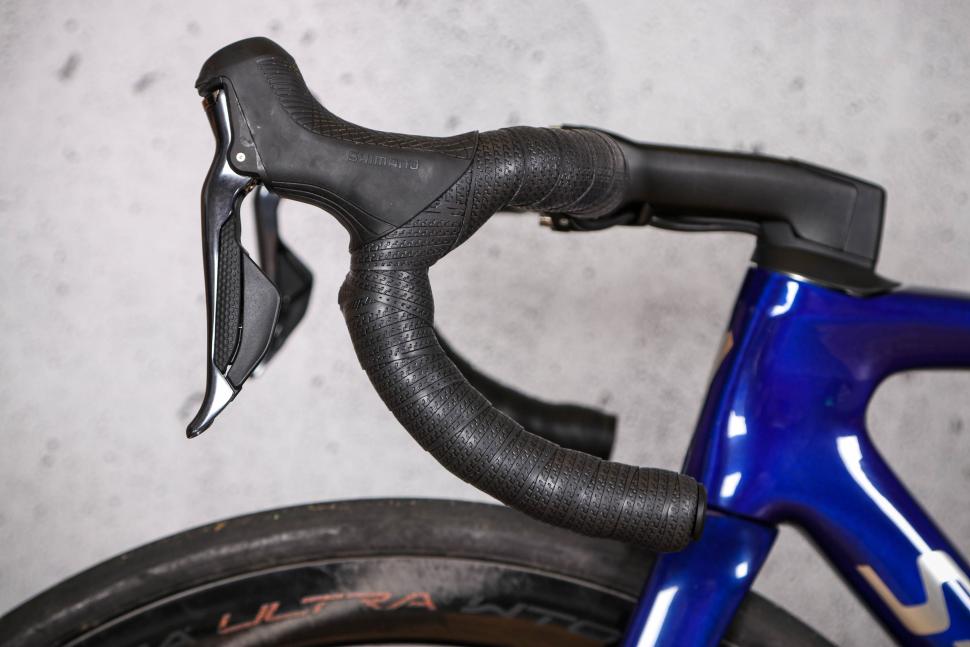
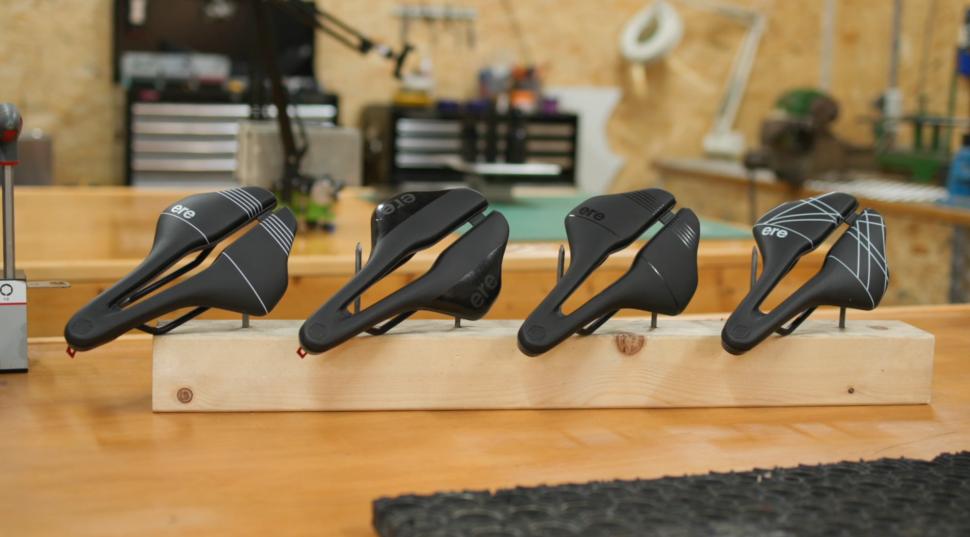

Add new comment
17 comments
Wheelsets I'm dubious about, I upgraded to a set of new tubeless wheels (rim brakes), loved them for the first few short rides though I noticed little sticky spots on the tread. Then I got a puncture too big to seal properly on the rear, had a huge struggle to get the tubeless valve undone to put a tube in and the tyre is so tight on the rim that getting a tube in without puncturing it is nigh on impossible. Eventually I bought a new tubeless tyre and set it up tubeless again but I was too wary to go for long rides and got an unsealable puncture again almost immediately.
I've now put the old rear wheel back on and if I'm going on a long ride will swap the front as well. It's a shame as they're lovely to ride.
Just use tyre plugs with glue, don't rely on sealant.
Upgrading wheelsets is not (necessarily) linked to switching to tubeless. Compared to the stock wheels supplied with many bikes, an upgraded set can be stiffer, lighter and more aerodymanic, even if you're still running clincher tyres with inner tubes.
I would also add that your experience of tubeless does not tally with my own - several thousand miles of running tubeless on my gravel bike (on- and off-road) and yet to have a puncture that wouldn't seal by itself - in fact yet to have a puncture I even noticed on the ride itself.
I've had decent luck with the TPU inner tubes but I buy them directly from China - and they run between four and seven pounds - each. I've saved an AWFUL lot of money by careful shopping.
The other thing is the wheelset. My son convinced me to try building my own - which I did - and my local bike shop aligned them for me but showed me how they did it. Since that time I've built nearly three dozen wheelsets for friends and family. It's a great skill to have and, actually, quite a bit of fun.
Do you have a link to where you bought your TPU inner tubes from?
start using silca synergetic lube - less friction watts wasted and reduces chain wear
work out your optimal tyre pressures
Alternatively chains are consumable items and the watt improvement is negligible. Especially since this stuff costs £28 a bottle. That's the price of a new chain.
Chains will need replacing eventually, but a good lube can easily pay for itself in reduced wear: https://www.omnicalculator.com/sports/lubricant-cost-to-run
I agree, all you have to do is look back on the history of the TDF and discover that since 1968 the average speed has only gone up about 3 mph, while the average miles have gone down by 500 miles.
Anyway, I'm more concerned about chain wear than friction, but they go hand in hand. Since I started using Dumonde Tech Lite my average chain life has gone up by about 50%, my regular road bike has about 6,000 miles on the chain and it's showing about 50% worn, but the really crazy thing is that on a touring bike, the chains typically last an average of 2500 miles, yet I have double that currently on my touring bike and the chain is at 65% worn.
Dumonde Tech needs to be applied 5 times before it to take full effect, so you apply the first time, and ride it till you just start hearing chain noise which won't be long, I think it was about 75 miles, then I reapplied it, each time I reapplied the miles went further before reapplication, now it's about 500 miles, and rain has very little effect on how long the lube will hold up.
Aside from being inaccurate (average speed in 1968 = 20.9mph; average speed in 2023 = 25.7mph; difference of 4.8mph. 2022 was even faster!), I'm not sure exactly what your point is. Given the physics of cycling at high speeds, an increase of even 3 or 4mph is actually hugely impressive. According to this calculator (with default inputs), 21mph requires ~205W while 25mph requires ~319W i.e. more than 50% greater power.
Obviously it's much more complicated than that, but it does illustrate nicely that even an apparantly small increase in speed requires a massive mechanical advantage (from more power or less drag). If you could get that benefit from a £28 bottle of lube, I would definitely be buying it!
Quite, sounds like not very much as a raw figure of 4.8 mph but a 25% improvement is pretty massive: if the world marathon record had undergone a similar change since 1968 they would currently be running around one hour 40 minutes!
Every time I see these upgrade pages I always shake my head. If you are going to say bars are a top upgrade, a stem is more likely to effect the way a bike handles. Different length/angle/weight offer better potential than bars do.
I also believe gear ratios/cassette changes are one of the most cost effective changes from stock.
I disagree, a handlebar change can affect reach (like a stem) but won't change the handling characteristics in the same way, plus it also means you can get the correct width for your arms. I'd go one step further and say setting up your handlebar is as important as getting the right type of handlebar.
I totally agree. Finding the right bars for you is just as important as finding the right saddle, but people tend to just ride whatever was on the bike when it was made.
I didn't say bars were not important, I believe a stem change is just a bigger change. That's my opinion.
Agree, I have a drawer mostly of stems (many bought used) that I yet deny to resell them.
On topic, of all these, saddle is super important.
I found a change to a bottom the range Shimano wheel set made a huge difference on my bike over the nobrand chinese wheels it came with, the looked fine but were both heavier and less free running than the RS 100 wheel set that I replaced them with. At £60 at the time they were a fantastic upgrade, made the earlier replacement of the tyres with specialised roublaix 25/28 so much more worthwhile.